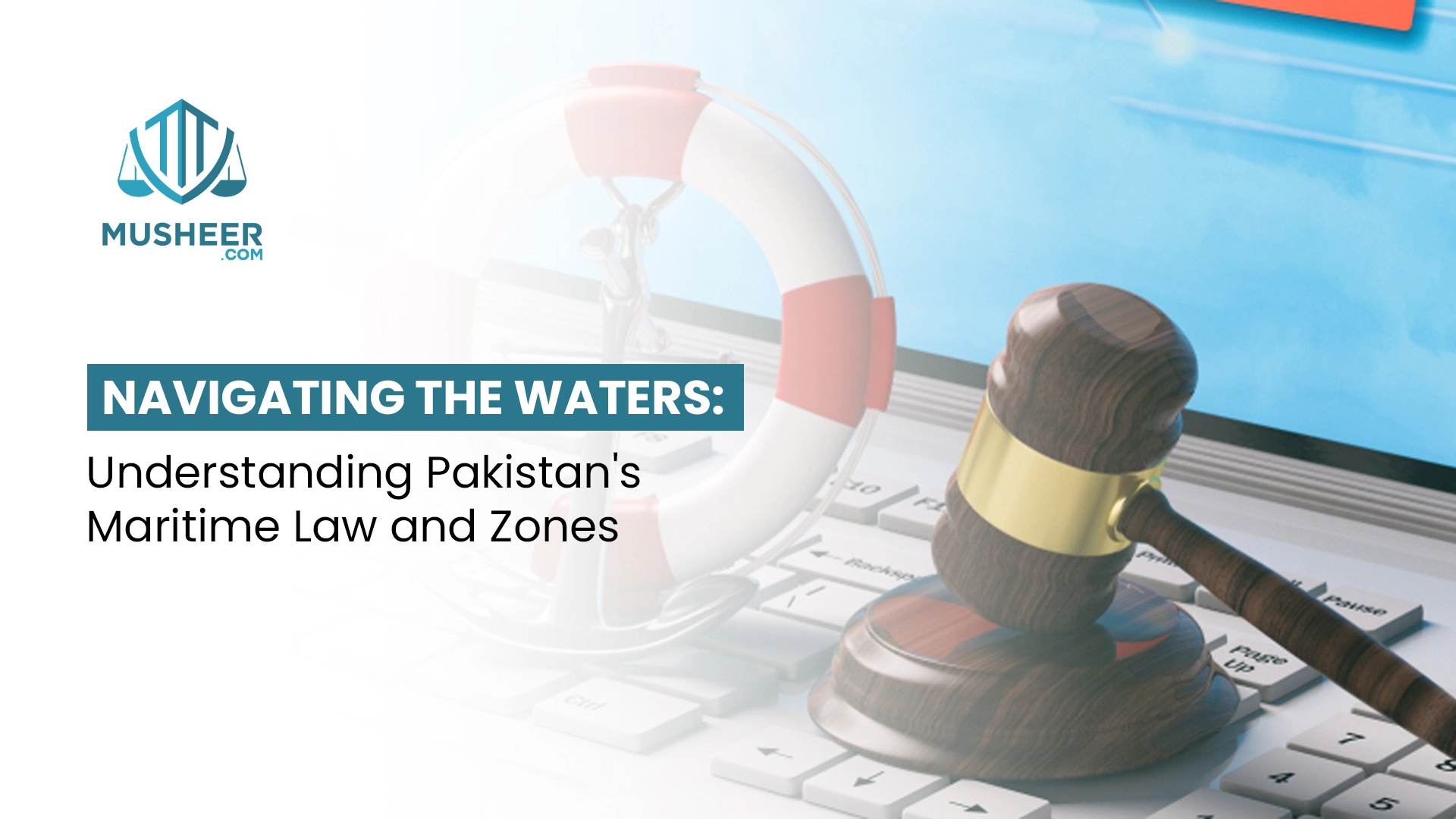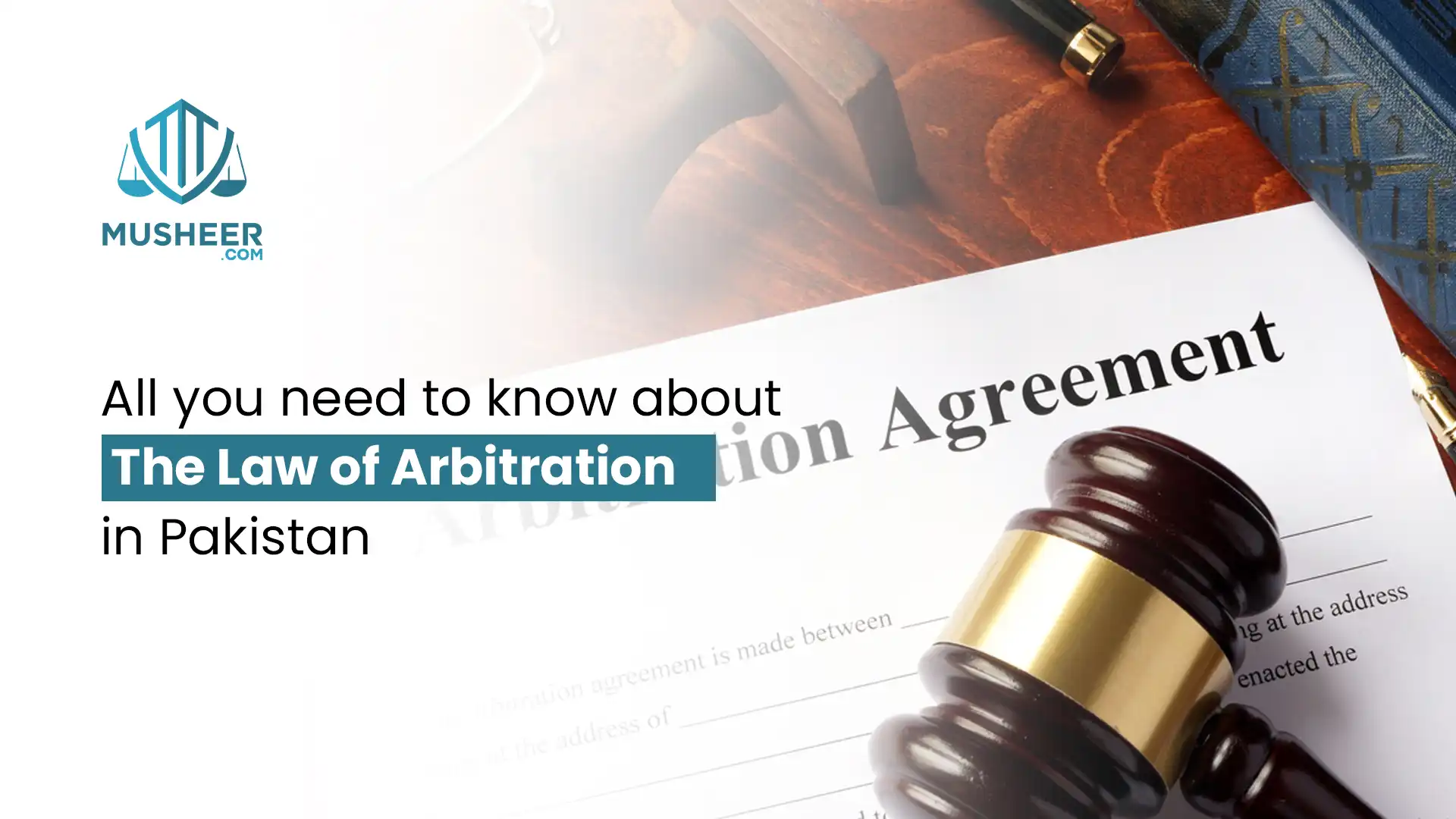Introduction
Pakistan, with its strategic location along the Arabian Sea, possesses vast maritime areas that are vital for its economic growth, security, and natural resource management. To effectively regulate and govern these maritime zones, Pakistan has enacted the Pakistan Maritime Zones Act. This article provides an in-depth exploration of Pakistan's maritime zones, highlighting their significance and the legal framework that governs them.
Pakistan, recognizing the significance of its maritime areas, has recently enacted the Pakistan Maritime Zones Act 2023 repealing its predecessor, Territorial Waters and Maritime Zones Act, 1976.
One of the key points of this Act is the establishment and demarcation of various maritime zones. These zones include the territorial sea, contiguous zone, exclusive economic zone (EEZ), and continental shelf. Each zone has its own set of rights, responsibilities, and limitations for both Pakistan and foreign vessels. These zones are designed to define and govern different areas of the ocean, ensuring that both Pakistan and foreign vessels understand their rights, responsibilities, and limitations.
This article provides an in-depth exploration of Pakistan's maritime zones, highlighting their significance and the legal framework that governs them.
Let's take a closer look at each zone:
I) Territorial Sea:
This zone extends up to 12 nautical miles from the baseline of Pakistan's coast. Pakistan has full sovereignty over this area, allowing it to enforce laws, regulations, and customs within its boundaries.
II) Contiguous Zone:
Beyond the territorial sea lies the contiguous zone, which extends an additional 12 nautical miles from the baseline. In this zone, Pakistan can exercise control to prevent or punish violations related to security, immigration, customs, and the protection of archaeological and historical objects within the contiguous zone.
III) Exclusive Economic Zone:
The EEZ extends up to 200 nautical miles from the baseline. Within this zone, Pakistan has special rights regarding exploration and exploitation of natural resources in both water column and seabed underneath. Foreign vessels enjoy freedom of navigation in these waters but must respect Pakistani laws related to resource management.
IV) Continental Shelf:
The continental shelf refers to underwater extensions beyond a country's territorial sea that is part of its landmass beneath the sea floor extending outwards until it reaches significant depth changes or international boundaries with other countries' continental shelves.
The continental shelf of Pakistan encompasses the submarine areas beyond the territorial sea, extending to the outer limit measured three hundred and fifty nautical miles from the baseline. Pakistan possesses full and exclusive sovereign rights over its continental shelf, including rights related to resources, scientific research, construction of structures, and the protection of the marine environment.
V) Internal Waters:
Internal waters comprise all waters landward of the baseline and are fully under the sovereignty of Pakistan. These waters include ports, harbors, rivers, and other water bodies within the country's land boundaries. Pakistan exercises complete control and authority over internal waters, enabling effective management and regulation of maritime activities occurring in these areas.
VI) Safety Zones:
The Act authorizes the Federal Government to establish safety zones around artificial islands, offshore terminals, installations, and other structures within Pakistan's internal waters, territorial sea, EEZ, or continental shelf. Ships navigating near these zones must comply with laws, regulations, and orders issued by the Federal Government or authorized entities to ensure safety.
By clearly defining these maritime zones with specific rights and responsibilities for both domestic and foreign vessels operating within them, this Act aims to ensure effective governance while promoting sustainable use of marine resources in accordance with international law.
The Act also provides for the delimitation of maritime boundaries which is a crucial aspect of international law, particularly for coastal states like Pakistan. Delimitation of maritime boundaries is essential for several reasons. It helps to prevent conflicts and disputes between neighboring states by clearly defining their respective areas of jurisdiction. It also enables coastal states to exercise their sovereign rights over marine resources within their designated zones.
The Pakistan Maritime Zone Act provides the legal framework for determining the extent of Pakistan's maritime zones, including its territorial sea, contiguous zone, exclusive economic zone (EEZ), and continental shelf.
Under Act, the delimitation process involves establishing boundaries with neighboring countries through agreements to ensure the proper management and utilization of marine resources within these zones.
Conclusion
The Pakistan Maritime Zones Act 2023 serves as a comprehensive legal framework to regulate and manage Pakistan's maritime areas. By defining the boundaries of various zones and establishing rights, jurisdiction, and regulations, the Act aims to ensure the sustainable use, protection, and security of Pakistan's maritime resources while upholding international laws and principles governing maritime affairs.









